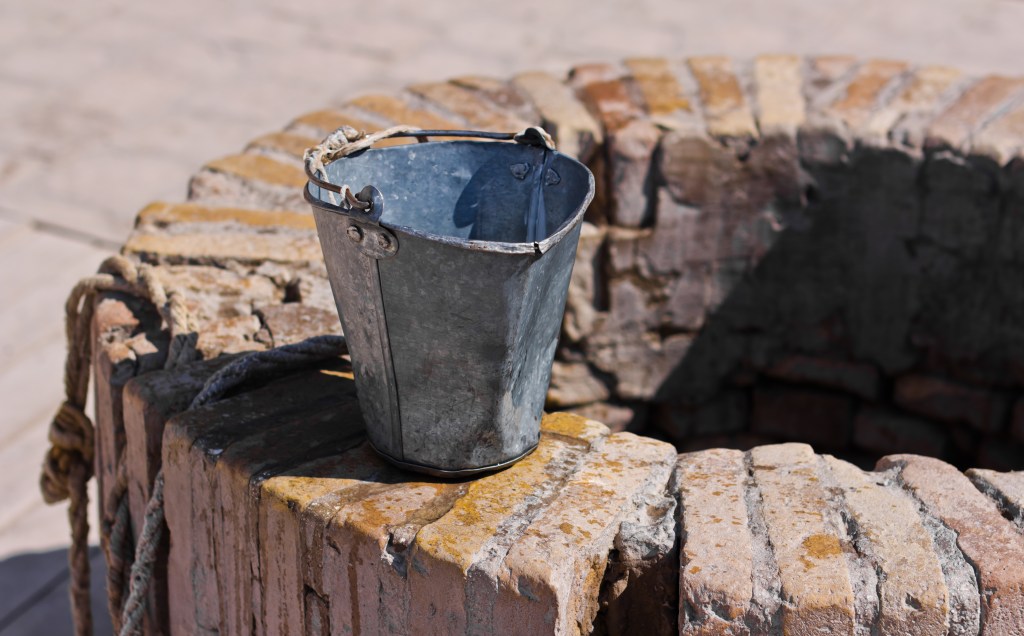
The other day I started fooling around with ChatGPT, the AI program that people are using to write things for them. As a writer myself, I wondered if I would be out of a job any time soon. Realistically, I know I won’t, since the ghostwriting firm I write for does not allow us to use AI-created content.
Still, I was curious about what ChatGPT could do with various writing tasks, so I dove in. Here’s what I found.
The program did well on factual queries (Write a paragraph on bipolar disorder) and even had an answer for a philosophical query (What is the meaning of life?). The more criteria I gave it, the worse it did. (Write a practical but amusing paragraph about bipolar disorder.) It showed a definite tendency to throw in every simile and metaphor it could, which definitely ended up mixed.
For blog posts with not-too-specific topics, it did better. I asked it to write a paragraph for a blog post on a self-help topic, and it almost instantly came up with one about positive affirmations. Asked to write a blog-post paragraph on toxic positivity, it did quite a competent job.
But I really wanted to test its talent when it came to poetry, a much more difficult skill. I stuck mostly to sonnets and haikus (I did have it write one villanelle) on assorted topics. All the sonnets it produced were Shakespearean unless I specified a Petrarchan, Miltonic, or Spenserian one. The sonnets were awfully self-reverential. No matter the topic, they tended to include the words sonnet, stanza, or verse. Here’s a sonnet it wrote on the subject of writing, which I suppose gave it an excuse to refer to sonnets within it. But it also referred to a dance, a symphony, brushstrokes, a tapestry, melodies and song, a journey, and dreams.
Now, I haven’t done Lit Crit in many a year, but the result seemed muddled and mediocre to me.
Upon the page, my quill begins its dance/ In ink, the thoughts from depths of mind take flight./A symphony of words, a sweet romance/Each line a brushstroke in the poet’s light.
In solitude, I craft a world unseen/With verses woven like a tapestry./The writer’s heart, an open book, pristine/Unraveling tales of eternity.
Oh, how the words, like melodies, entwine/In stanzas, whispers of a silent song./The poet’s soul, an endless, vast design,/In every verse, a journey to prolong.
Through pen and paper, dreams find their release/In every sonnet, life finds sweet peace.
Then, I tried it on a different topic—sex. I was curious to see how it addressed this most human of activities. Here’s what it wrote:
In whispered shadows where desire’s flame,/Ignites the senses in a sacred dance./Two souls entwined, no need for words to claim,/The poetry of passion’s sweet romance.
Bodies as verses, intimate and bare,/In tangled sheets, a sonnet takes its form./Each touch and kiss, a stanza to declare,/A love that weaves through passion’s vibrant storm.
Ephemeral, the moments that we share,/As pleasure paints the canvas of the night./In silent echoes, echoes of a dare,/Two hearts entangled in this sweet delight.
Oh, sonnet of the flesh, in whispers spun,/In ecstasy, a tale of love is done.
Again with the references to sonnets, dance, poetry, verses, stanzas, and painting a canvas.
The chatbot, in my opinion, did better with haiku. Here’s a haiku on the subject of haiku:
Three lines, concise art,
nature’s essence captured close,
haiku whispers truth.
Here’s what it did with a haiku on bipolar disorder:
Storm in a fragile mind,
sunshine and shadows collide,
bipolar tides shift.
And on the subject of writing in general:
Ink-stained whispers flow,
Words on paper, tales unfold,
Silent stories grow.
But when it came to sex, the haiku was again (in my opinion, needlessly) self-referential:
Whispers in moonlight,
Bodies weave an intimate
Haiku of passion.
So, what did I learn from my experiments? ChatGPT does a decent job with factual topics, though it has a tendency to rely rather heavily on figures of speech. Here’s a paragraph it wrote when I gave it the subject of bipolar disorder in the style of my other blog, Bipolar Me. It wrote a (flattering) description of the blog instead.
Navigating the rollercoaster of emotions that is bipolar disorder is a journey unique to each individual, a theme explored with raw honesty on the pages of the Bipolar Me blog. In the midst of the highs, where creativity flows like a torrential river, and the lows, where the world appears desaturated and heavy, the author skillfully captures the kaleidoscope of emotions that define life with bipolar disorder. With a poignant blend of vulnerability and resilience, the blog illuminates the challenges faced by those grappling with the disorder, dispelling myths and stigma along the way. Through personal narratives and reflections, the Bipolar Me blog serves as a beacon of understanding and connection, reminding its readers that they are not alone in their journey through the intricate landscapes of mood swings and self-discovery.
And here’s what it said about this very blog:
The “But I Digress” blog, much like a meandering conversation with a wise and witty friend, invites readers into a realm where thoughts flow freely, detouring into unexpected intellectual landscapes. With each post, the blog embarks on a delightful exploration of diverse topics, from profound philosophical musings to lighthearted anecdotes, weaving a narrative that reflects the author’s curious mind. It’s a virtual salon where ideas intermingle, and the unexpected tangents become the heart of the discourse. Whether dissecting the nuances of contemporary culture, diving into the intricacies of literature, or reflecting on the quirks of everyday life, “But I Digress” captivates its audience with a blend of insightful commentary, humor, and a touch of intellectual whimsy, creating a space where readers can both ponder the profound and enjoy the pleasures of intellectual meandering.
I’ll take it. Thanks, ChatGPT.

 First, let me say that I read The Bloggess’s (Jenny Lawson’s) blog all the time. I have her books and I read them all the time too. But secretly I hate her, and here’s why.
First, let me say that I read The Bloggess’s (Jenny Lawson’s) blog all the time. I have her books and I read them all the time too. But secretly I hate her, and here’s why.





 Cozy mysteries are a thing, and I do not like them. As all my friends know, I am a mystery lover – I’ve even written one, which is now making the rounds of agents.
Cozy mysteries are a thing, and I do not like them. As all my friends know, I am a mystery lover – I’ve even written one, which is now making the rounds of agents.